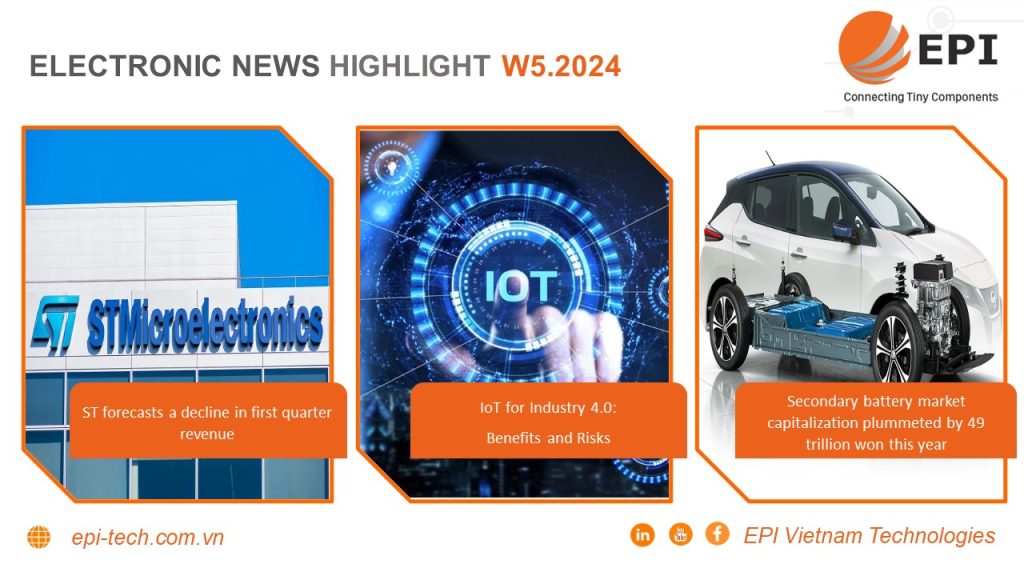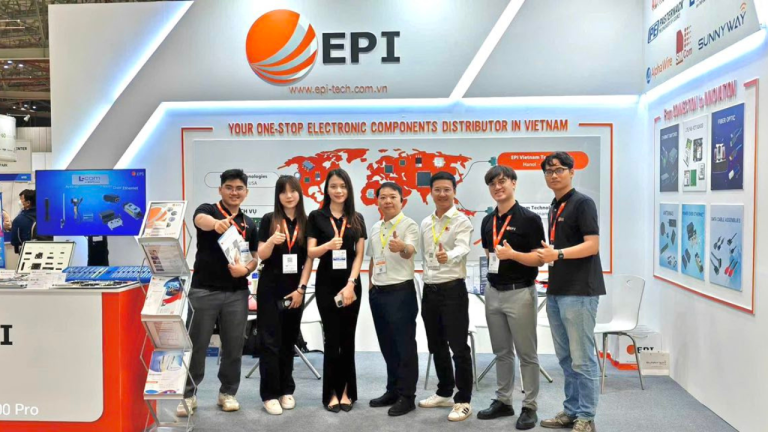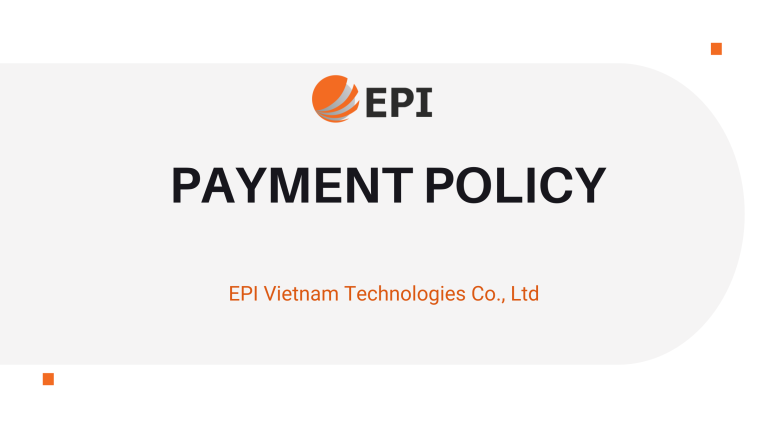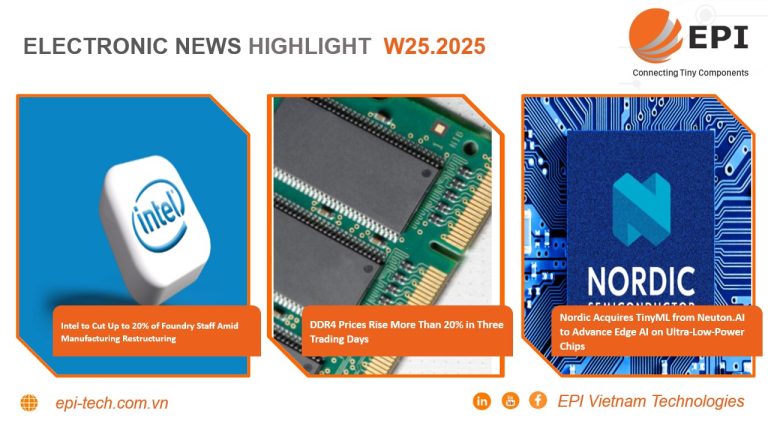ELECTRONICS NEWS HIGHLIGHT W5.2024

1. ST forecasts a decline in first-quarter revenue
According to the report, STMicroelectronics recently predicted that its revenue in the first quarter of 2024 will decrease by more than 15%. In fact, ST’s sales fell short of expectations in the fourth quarter of 2023 due to slow growth in the auto industry and a decline in orders in the industrial and consumer electronics sectors.
According to the report, the company’s net income is expected to be $3.6 billion in the first quarter of 2024, compared with $4.25 billion in the same period in 2023 with key customers Tesla and Apple. Industry insiders revealed that orders from the Automobile Industry have been helping STMicroelectronics offset the impact of the trade dispute between China and the United States as well as sluggish demand for personal electronics.
According to many experts, although market demand is recovering, the slow pace is causing many manufacturers to fall into a decline in revenue like ST.
Learn more: ST forecasts first-quarter revenue decline
2. IoT for Industry 4.0: Benefits and Risks
The development of IoT brings both benefits and risks to the manufacturing industry. According to experts, understanding the applications of IoT helps managers make investment decisions to use IoT effectively, while avoiding potential risks.
The global industrial IoT (IIoT) market is poised for significant growth, expected to grow from $544 billion in 2022 to a staggering $3.3 trillion in 2030. Significant expansion This attention is driven by the diverse advantages that IIoT brings to manufacturing, including predictive maintenance, data-driven decision making, enhanced product quality, improved safety, digital stars for efficient operations and smart energy management. Predictive maintenance stands out as a key achievement, allowing for the prediction of equipment maintenance needs, thereby reducing downtime and ensuring uninterrupted production. Additionally, data-driven insights, improved product quality monitoring and advanced safety measures contribute to improving the overall efficiency and safety of industrial operations. The integration of digital twins and smart energy management further emphasizes the transformative impact of IIoT in optimizing manufacturing processes and reducing environmental impact.
When navigating the Industrial Internet of Things (IIoT) deployment landscape, manufacturers face four critical challenges. First, security threats loom large, including risks such as DDoS attacks, physical tampering, and malware. To mitigate these, companies should implement strong access management mechanisms, two-factor authentication, and regular updates, while retiring legacy systems and maintaining ongoing security monitoring. custom. Second, integration challenges arise from the presence of legacy devices on production floors that may have difficulty connecting to internal networks or sharing data effectively. Additionally, the lack of standardization between sensors and devices complicates the integration process. The solution lies in conducting a thorough assessment of existing equipment, meticulous planning for future integration, and retrofitting capable machinery. Third, concerns about reliability and stability persist despite technological advances, especially under harsh production conditions. Issues such as extreme temperatures and network instability can affect the functionality of IoT devices. Mitigating these risks involves investing in rugged IoT devices designed for industrial environments, maintaining a robust network infrastructure, and deploying 24/7 network monitoring solutions.
Finally, manufacturers are grappling with investment and ROI concerns associated with setting up IoT infrastructure. Significant upfront costs, ongoing costs and the challenge of quantifying benefits contribute to the complexity. Despite these obstacles, the transformative potential of IoT to improve operational efficiency, product quality and safety is emphasized, urging companies to conduct a comprehensive cost-benefit analysis. present before deployment. Success in this engineering effort depends on effectively addressing these risks, either independently or with the support of third-party partners.
Learn more: IoT for Industry 4.0: Benefits and Risks
3. Secondary battery market capitalization plummeted by 49 trillion won this year
The secondary battery sector, which drove the stock market last year, has experienced a persistent decline since the beginning of this year, resulting in a market capitalization drop of nearly 50 trillion won.
According to Korea Exchange, the total market capitalization of nine secondary battery companies, ranked in the top 50 by market capitalization on the KOSPI and KOSDAQ markets, fell from 308.61 trillion won ($230.86 billion). ) at the beginning of the year down to 259.72. trillion won as of January 26.
This decrease in capitalization is said to be due to the influence of the automobile manufacturing industry in the US. When big companies like Tesla announced that they would have a difficult year in 2024, and production plans decreased. This has led to a decrease in investor confidence in the secondary battery market, followed by a decline in market capitalization.
Learn more: Market Cap of Secondary Batteries Plummets by 49 Trillion Won This Year



 English
English  Tiếng Việt
Tiếng Việt 













